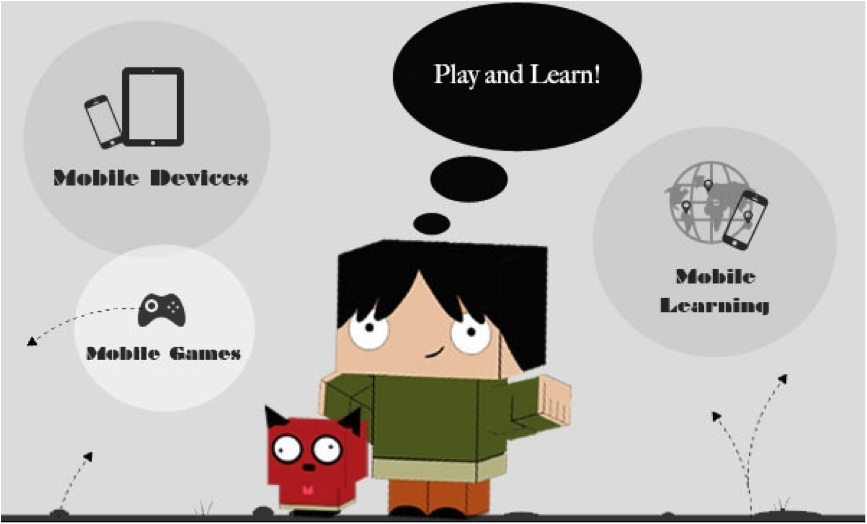What Do Modern Learners Love About Game-Based Mobile Learning?
The early days of technology-aided learning saw learners confined to a computer and accessing learning at a specific location. Recent developments in internet and wireless technologies have led to the emergence of devices that allow us to access information anywhere and anytime. Most of these devices are interconnected, giving us the context we need and creating a “smart” universe for us.
Mobile devices are now being used for learning and, true to their character, are providing the much needed content as well. Mobile learning provides the users with access to learning regardless of time and location. Networked mobile devices allow learners to learn collaboratively in groups. As eLearning developers, our main focus has to be on the ways that learners can be best engaged. Game-based mobile learning has proved to be an excellent way to do this.
- Interaction with the gaming environment is always fun!
The gaming environment itself is the biggest factor that decides whether the learning endeavor will be successful or not. If the environment is interesting and it presents appropriate challenges to the learners, the learning game will succeed on the mobile platform. While games are very appropriate for the mobile platform and most learners are used to playing popular games on their devices, designing games for the mobile devices should take into consideration screen sizes and mobile specific capabilities like touch screens. However, many developers are not very enthusiastic about mobile learning games being touch-screen enabled, due to the simple reason that they want the games to be accessible to the learners on laptops or computers as well – most of which do not have touch screen feature. But this apprehension is beginning to fade as most learners are clearly showing their preferences for mobile learning games – especially the ones that are designed to perform best on mobile devices. - Game as a learning tool.
Though games are always fun, learning has to be the focus for organizational learning games. Even learners prefer games which have a clear learning focus and provide multiple opportunities to learn new things within the environment. Most corporate learners realize the benefits of learning and are not opposed to games which provide lots of learning opportunities. Learning games can teach new skills, enhance knowledge, provide opportunities for practice and provide feedback on performance as well. This checks all the boxes in the list of expectations that most corporate learners have from workplace learning opportunities. - Learning and playing – anywhere.
The biggest benefit of mobile learning is that it provides learning opportunities anywhere and anytime. This benefit is enhanced further for learning games as most learners are willing to try out the game even in their free time, making use of non-productive times like travelling, waiting between jobs, and so on. Mobile platforms provide an unobtrusive way of learning through games – even when there is no or limited internet access. - Learning and collaborating through games.
Gaming is a powerful medium of collaborative learning as well. Learners can connect with other learners through the game by posting scores or achievements on a “leaders’ board” or sharing tips on a discussion board. Slow learners can ask for help and get it from achievers who have been performing exceptionally. Not only can this boost the morale of the learner group, but also boosts the spirit of healthy competition. Collaborative tools built within the games like a comments section can be the collaborative ground for discussions and learning. It can also give helpful tips to developers who want to understand what works best for learners and align learning content as per the preferences of the learners. - Creating content with games.
Modern learning games also provide opportunities for creating content with the help of audio or video recording. The use of mobile devices is very useful when providing the ready opportunity for learners to record on their mobile devices and share with their peers. It is easy for learners to create learning content based on their experiences as most mobile devices have in-built hardware as well as software for recording and sharing, Learners can share their achievements, tips for excelling within the game besides enhancing skills that can be learnt and utilized in work-related tasks as well.
Mobile devices and games make a great combination, not just for entertainment but for learning. With the evolution of gaming technology and better mobile devices, the experience of game-based mobile learning is becoming more impactful than ever.









